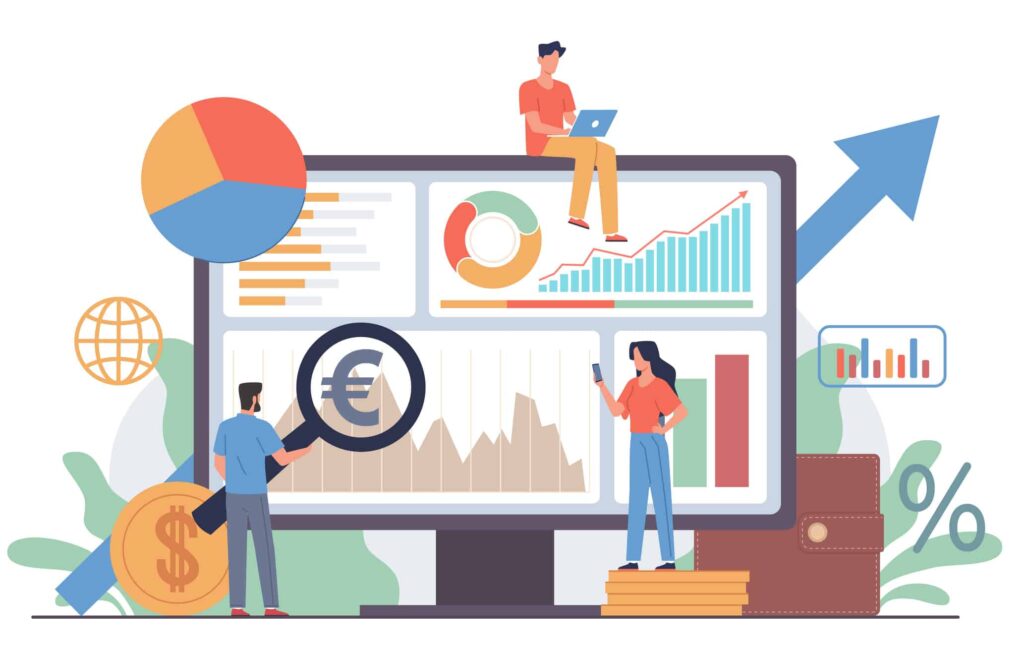Google Analytics 4 is a powerful web analytics tool that helps you optimize your online marketing strategy and maximize ROI (return on investment). It offers you many benefits, such as the analysis of behavioral and audience data to better understand your target group and targeted marketing to relevant audiences. With Google Analytics 4, you can monitor marketing campaigns and optimize the direction of your marketing strategy to maximize ROI. This article looks at the benefits of Google Analytics 4 in detail and shows you how to use the tool effectively to improve your online marketing strategy.
Table of Contents
ToggleWhy should marketers use Google Analytics 4?
As a marketing manager in a company, you are faced with the challenge of continuously improving the performance of your marketing campaigns and maximizing ROI. It is crucial to know your target group precisely and understand their needs and preferences. This is where Google Analytics 4 comes into play.
Google Analytics 4 is the latest version of the popular web analytics tool and offers a range of new features that can help you optimize your marketing strategy. By analyzing behavioral data and audience segments, you can send targeted marketing messages to relevant audiences and make your campaigns more effective.
In addition, you can continuously monitor the performance of your campaigns and adjust the focus of your strategy to maximize ROI. By analyzing behavioral and target group data, you can make better decisions and use your marketing messages in a more targeted and effective way.
What new features does Google Analytics 4 offer compared to the previous version?
Compared to the previous version, Google Analytics 4 offers many new functions and improvements that should be of great interest to marketing managers.
This allows you as a marketing manager to develop a more effective online marketing strategy, improve the user experience and maximize ROI.
Here are some of the most important new functions:
Event-based data modeling
With Google Analytics 4, you can view events as a central part of the data model, allowing for more flexible and precise measurement of user interactions. This feature gives you a more comprehensive overview of user behavior and allows you to measure interactions across different devices and platforms.
Cross-platform measurement
Another important improvement in Google Analytics 4 is the ability to measure and track user interactions across different devices and platforms. This feature allows you as a marketing manager to better understand user behavior and create targeted marketing campaigns that are tailored to the user.
Integrated data processing
Google Analytics 4 offers integrated data processing that allows you as a marketing manager to collect, process and analyze all data from different sources. This feature allows you to seamlessly integrate with other Google tools such as Google Ads and Google Tag Manager and makes it easier to analyze and optimize your marketing campaigns.
Machine learning technology
Another exciting feature of Google Analytics 4 is the integration of machine learning technology, which allows you as a marketing manager to automatically create custom audiences and make predictions about user behavior. This feature makes it easier for you to create targeted marketing campaigns and maximize ROI.
Which metrics are relevant in web analytics?
In web analytics, there are a variety of metrics that can be relevant for evaluating the performance of a website or an online campaign. Here are some of the most important metrics:
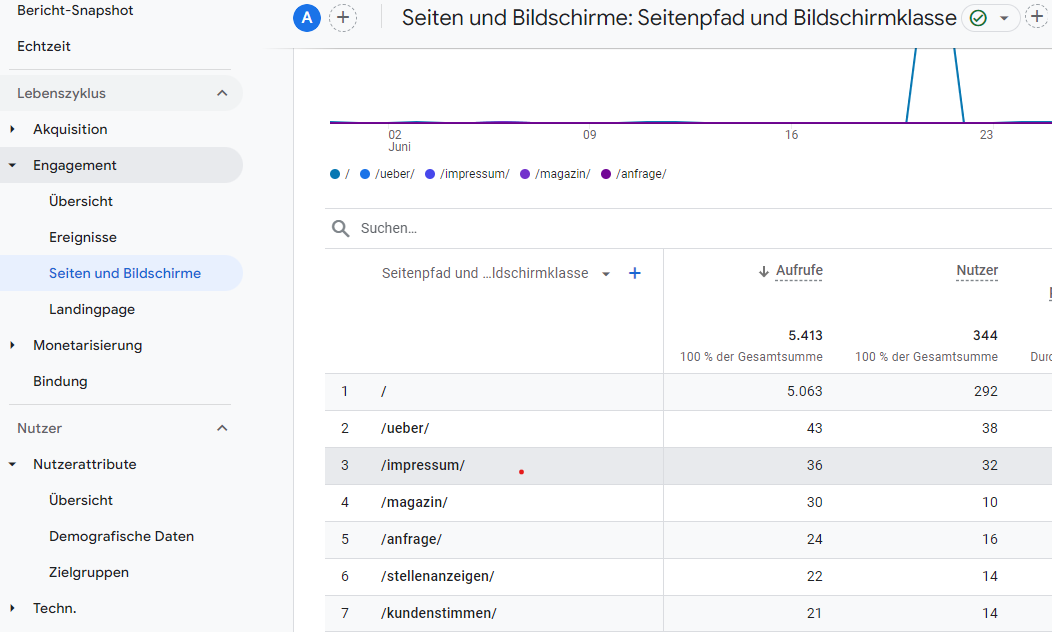
Page views
The number of page views indicates how often a page has been visited. This is an important metric for measuring the popularity of a website.
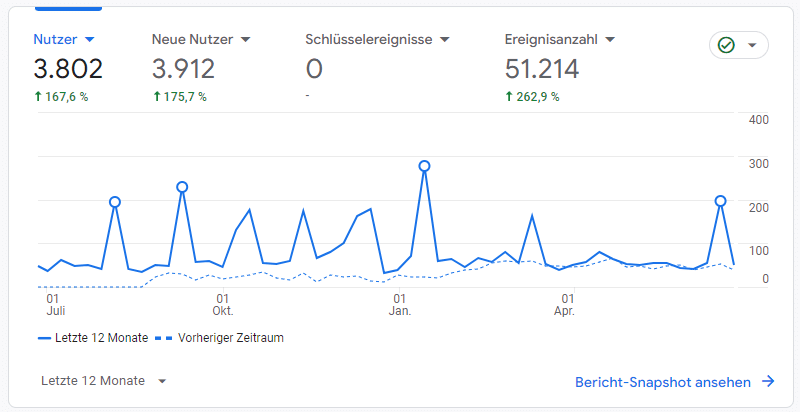
Visitors
The number of visitors indicates how many people have visited a website. This is an important metric for measuring the reach of a website.
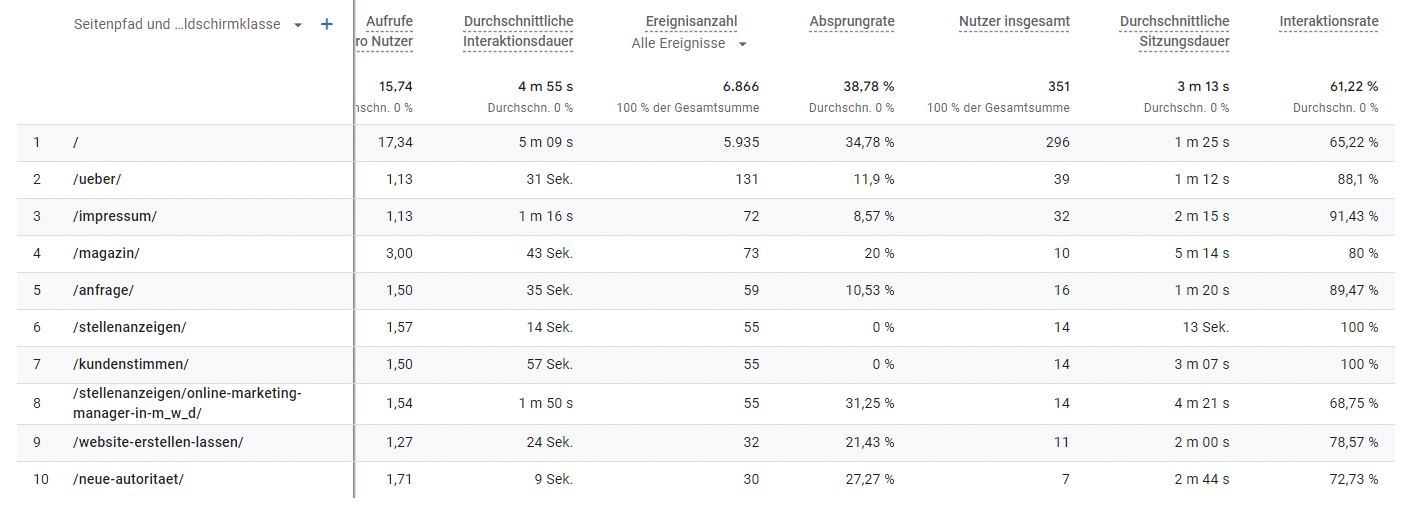
Bounce rate
The bounce rate indicates how many visitors leave a page without taking any further action. A high bounce rate can indicate that the page is not relevant or appealing enough.
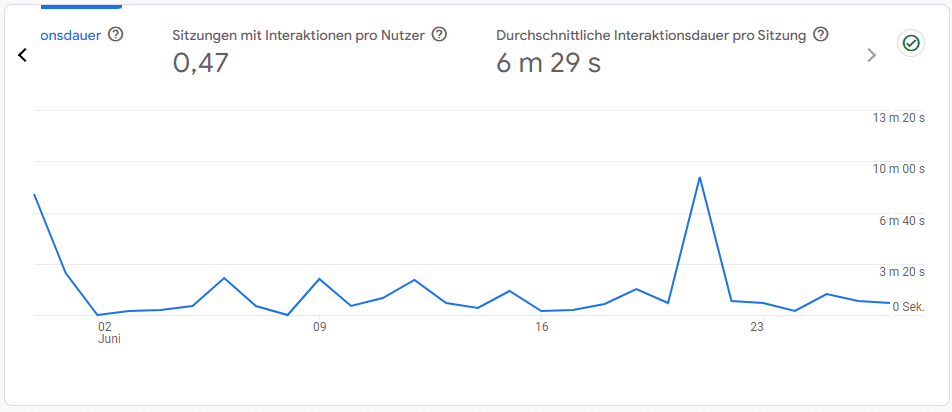
Dwell time
The dwell time indicates how long visitors stay on a page. A high dwell time can indicate that the page is relevant and appealing.
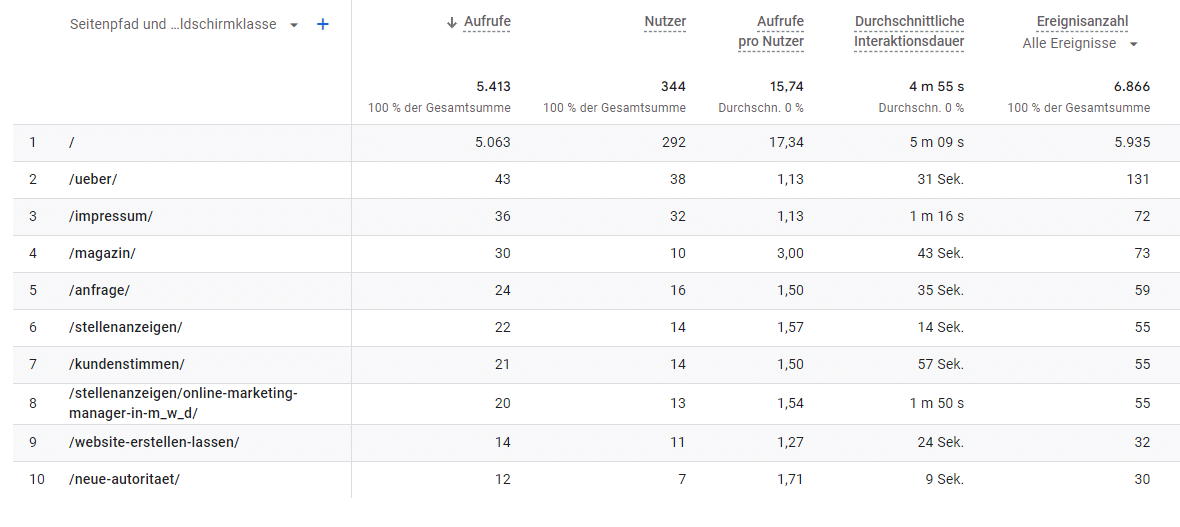
Conversion rate (CVR)
The conversion rate indicates how many visitors perform a certain action, such as making a purchase or filling out a form. This is an important metric for measuring the success of online marketing campaigns.
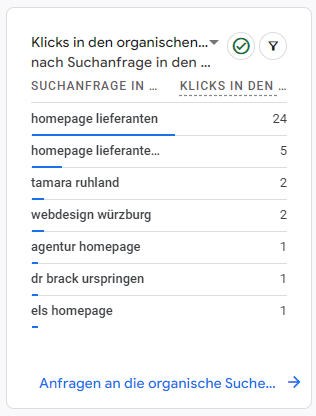
Click-through rate (CTR)
The click-through rate indicates how often a link or ad was clicked on. A high click-through rate can indicate that the ad is appealing and relevant.
These metrics are just a few examples of the many ways to measure the performance of websites and online marketing campaigns. The choice of relevant metrics always depends on the company’s goals and strategy.
How can online marketing be improved with the help of metrics from Google Analytics 4?
By monitoring metrics such as page impressions, bounce rate, visitors, click-through rate and conversion rate, you can identify weak points in your campaigns and make targeted adjustments.
For example, if your website has a high bounce rate, you can see this as an indicator that the page is not engaging enough or that the landing page is not providing relevant information. By reviewing metrics such as dwell time on the website, exit pages and click paths, you can determine which elements of the website need to be improved to reduce the bounce rate.
Analyzing metrics can also help you improve the effectiveness of your online marketing campaigns. For example, you can monitor the click-through rate of ads and use the data to identify which ads are working best and which are not. By optimizing ad content and targeting options, you can increase the click-through rate and improve the conversion rate.
In combination with Google Analytics 4, you can gain even more detailed insights into the behavior of your target group. The new version of Google Analytics enables better segmentation of target groups and better identification of user interactions on the website or in the app. This allows you to adapt your marketing strategy and better address your target group.
What is conversion tracking and why is it important for online marketing?
Conversion tracking is a process in online marketing in which you record and analyze the activities of users on a website in order to track and measure certain actions performed by users. These actions can be, for example, the purchase of a product, filling out a form or downloading a file. The aim of conversion tracking is to measure the success of a website and a marketing campaign by recording and analyzing the number of conversions.
It is important to use conversion tracking in online marketing as it helps you to optimize your marketing campaigns and maximize ROI. By analyzing the conversion rate, for example, you can determine which marketing campaigns or landing pages are most effective and which are not.
This can help you use your advertising budget more effectively by focusing your campaigns on the most successful areas and reducing or eliminating those that are not as successful. In addition, conversion tracking can also help you improve your website optimization, for example by making changes to landing pages or checkout processes to improve conversion rates.
How can the results of conversion tracking be used to better allocate the marketing budget?
You can use the results of conversion tracking to better allocate your marketing budget by identifying successful and unsuccessful marketing campaigns and focusing resources on those that are most effective. By analyzing the conversion rate, you can determine which campaigns and traffic sources are generating the most conversions and which are not. This allows you to optimize your marketing campaigns by focusing your resources on the most successful channels and reducing or eliminating those that are not as successful.
For example, you may find that your social media campaign has a higher conversion rate than your search engine marketing campaign. In this case, you may decide to increase the budget for the social media campaign and reduce or eliminate the budget for the search engine marketing campaign. This way, you can ensure that your marketing spend is focused on the most successful channels, which can lead to a higher ROI.
Conversion tracking can also help you monitor the effectiveness of marketing campaigns over time. By tracking conversion rate changes over time, you can evaluate the effectiveness of your marketing strategies and tactics and make adjustments to achieve better results.
Set up conversion tracking in 5 steps with Google Analytics 4
First, you need to define a goal that you want to track. A goal can be, for example, the purchase of a product, filling out a contact form or subscribing to a newsletter.
Once the goal has been defined, you must create a goal in the Google Analytics 4 account. To do this, navigate to the "Goals" section in the admin area of Google Analytics 4 and click on "Create new goal".
You must then set up the parameters of the goal by selecting the goal intention, goal type, goal description and goal template. Once you have decided on a goal type, further options can be customized, such as confirmation that a goal has been achieved.
Once the goal is set up in the account, you still need to link it to the corresponding conversion on the website. There are various ways to do this, such as including a conversion tracking code on the confirmation page after a purchase.
Once conversion tracking has been set up, you can view the results in the "Goals" section of Google Analytics 4. Here, for example, you can view the number of conversions, the conversion rate and the value of the conversions.
Why is target group analysis important for online marketing?
Target group analysis is an essential part of online marketing as it helps you to understand the needs, interests and behaviors of your target group. Without a sound knowledge of the target group, it is difficult to create effective marketing messages and identify suitable channels for the distribution of messages.
A thorough target group analysis can also help you to better optimize marketing campaigns by targeting the right people with the right message at the right time. By identifying target group interests and behaviors, you can develop targeted marketing actions and campaigns that are tailored to the needs and desires of your target group.
This also allows you to improve customer loyalty by tailoring marketing messages to the needs and wishes of your target group and thus offering relevant and personalized experiences.


